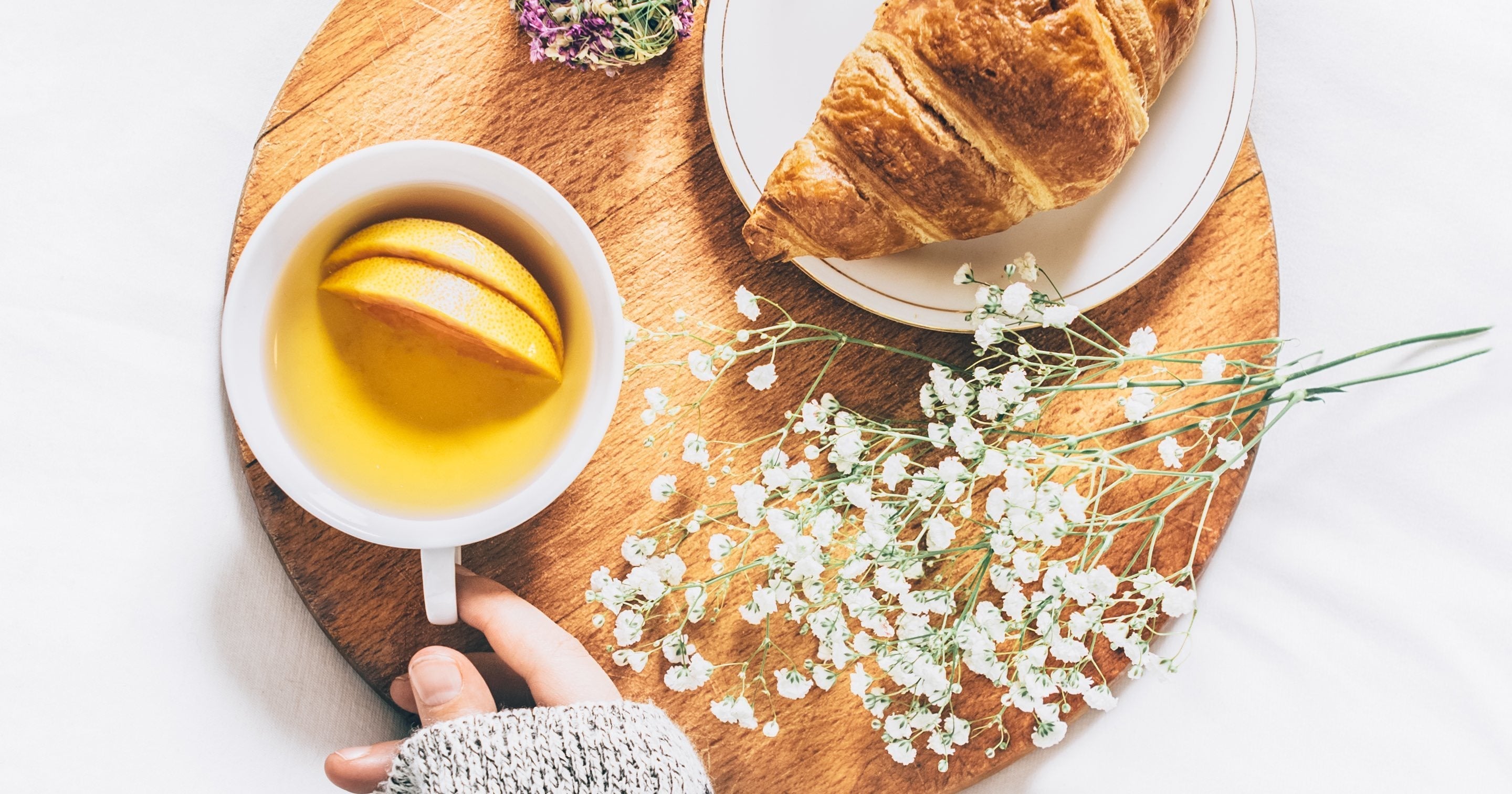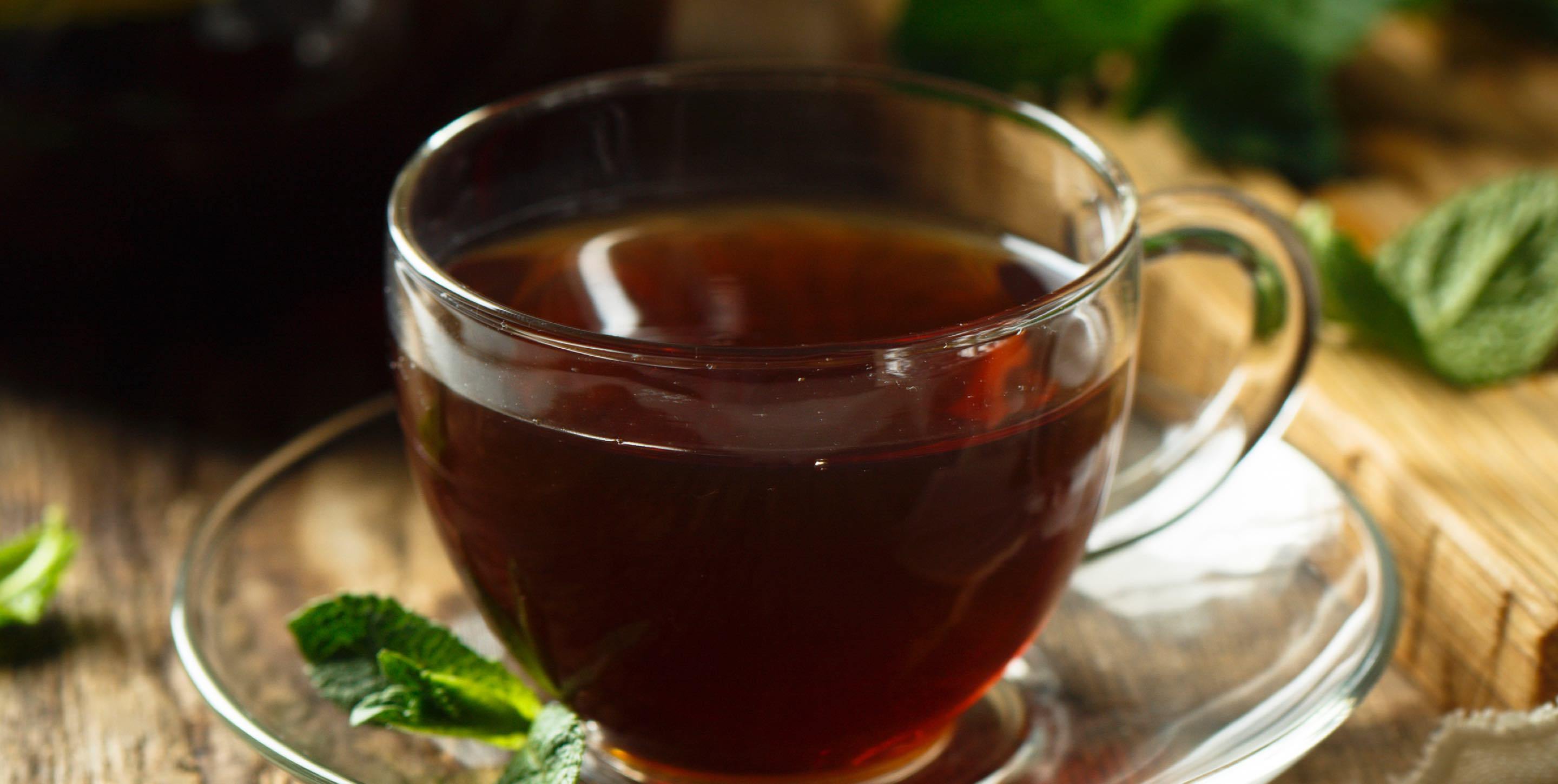Though all black, green, white, and oolong tea leaves come from the Camellia Sinensis plant, each variety offers a different level of flavor and caffeine due to its origin, processing method and special flavors that may be infused into the leaves during production. One of the most popular black tea blends in the world is English Breakfast Tea, with its bold but smooth character perfect for providing an early-hours boost. To learn what pairs best with this morning tea, we must first delve into its history.
A BRIEF HISTORY OF BLACK TEA
More than one legend exists to explain the origins of black tea. One dates back to the Ming Dynasty and claims that a shift from compressed tea cakes to loose leaves prompted the fermentation needed to create the black tea blends we enjoy today. Another origin story claims soldiers passing through the village of Tong Mu stopped green tea production and piled up the leaves, which then oxidized and turned black.

A more practical explanation states that the Chinese discovered the fermentation process needed to produce the full flavor of dark tea during a time of heightened tea production. These teas not only had a stronger taste than green teas; they also lasted longer in storage, making them preferable for trade.
ORIGINS AND TYPES OF BLACK TEA
To create a black tea blend like English Breakfast Tea, first leaves are harvested, withered, and rolled, sometimes by hand. Through a controlled process, the leaves are then oxidized) and dried to produce a deep color and full flavor. Common black tea blends include the smoky Lapsang Souchong and the fruity, aromatic Keemun, both from China. Assam hails from India with a heavy malt flavor, as does the lighter, more flowery Darjeeling. Nilgiri is another Indian tea with a strong taste and distinctive aroma. Ceylon tea is grown at many different altitudes in Sri Lanka to produce a wide range of flavors.
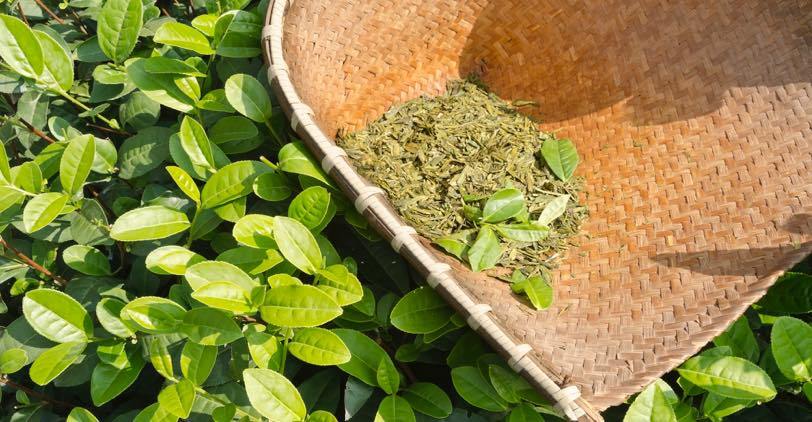
All of these classic teas may be enjoyed as-is or as the base of several popular tea blends, including Earl Grey with its citrusy overtones courtesy of bergamot orange oil. English and Irish breakfast teas include a mixture of different black types of tea, usually Chinese and Indian, delivering a rich brew that’s bold in both flavor and caffeine content.
WHAT GOES BEST WITH ENGLISH BREAKFAST TEA?
Black tea blends like English Breakfast Tea generally contain the most caffeine out of all tea varieties, making them suitable substitutes for coffee in the morning. Likewise, the rich flavors of English Breakfast Tea stand strong against hearty breakfast foods like an English fry-up, pancakes, or toast, as well as thick, creamy desserts and heavily spiced foods. For those who prefer not to eat a large meal first thing in the morning, English Breakfast Tea is equally suitable paired with a pastry or on its own, providing a gentle energy boost to start to the day
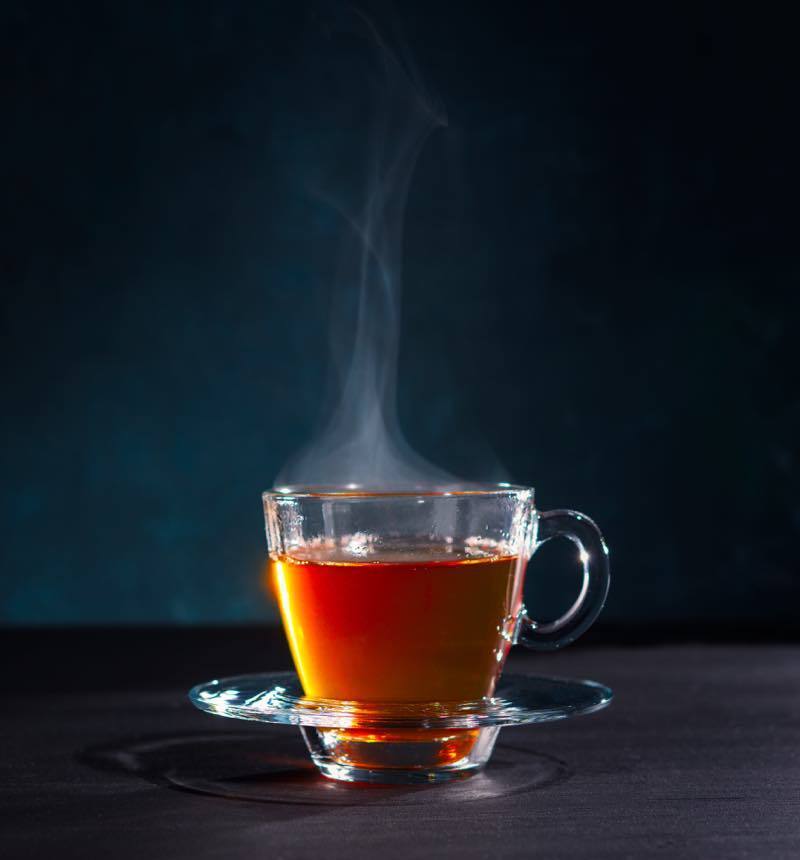
ENGLISH TEA STEEPING INSTRUCTIONS
For black tea:
- Heat the water to 208 degrees Fahrenheit
- Add one pyramid or 1 Tbsp of loose tea for 6-8 ounces of water
- Pour the heated water over the tea and steep for three to five minutes to taste
- If adding milk, swirl hot water in your cup and add the milk to a pre-warmed cup; then add the tea
RELATED PRODUCTS
You may also enjoy
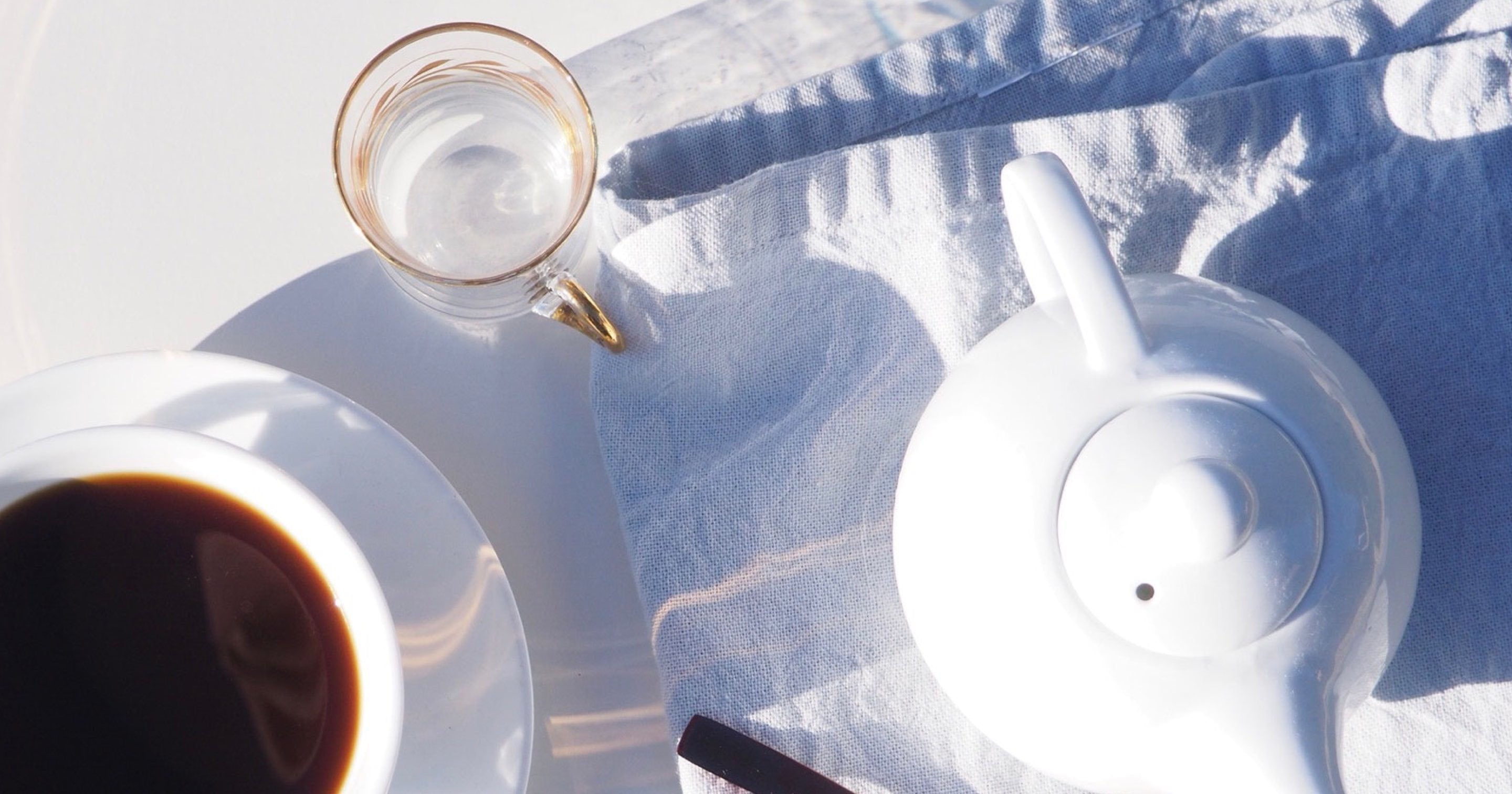
Health Benefits
English Breakfast Tea Benefits
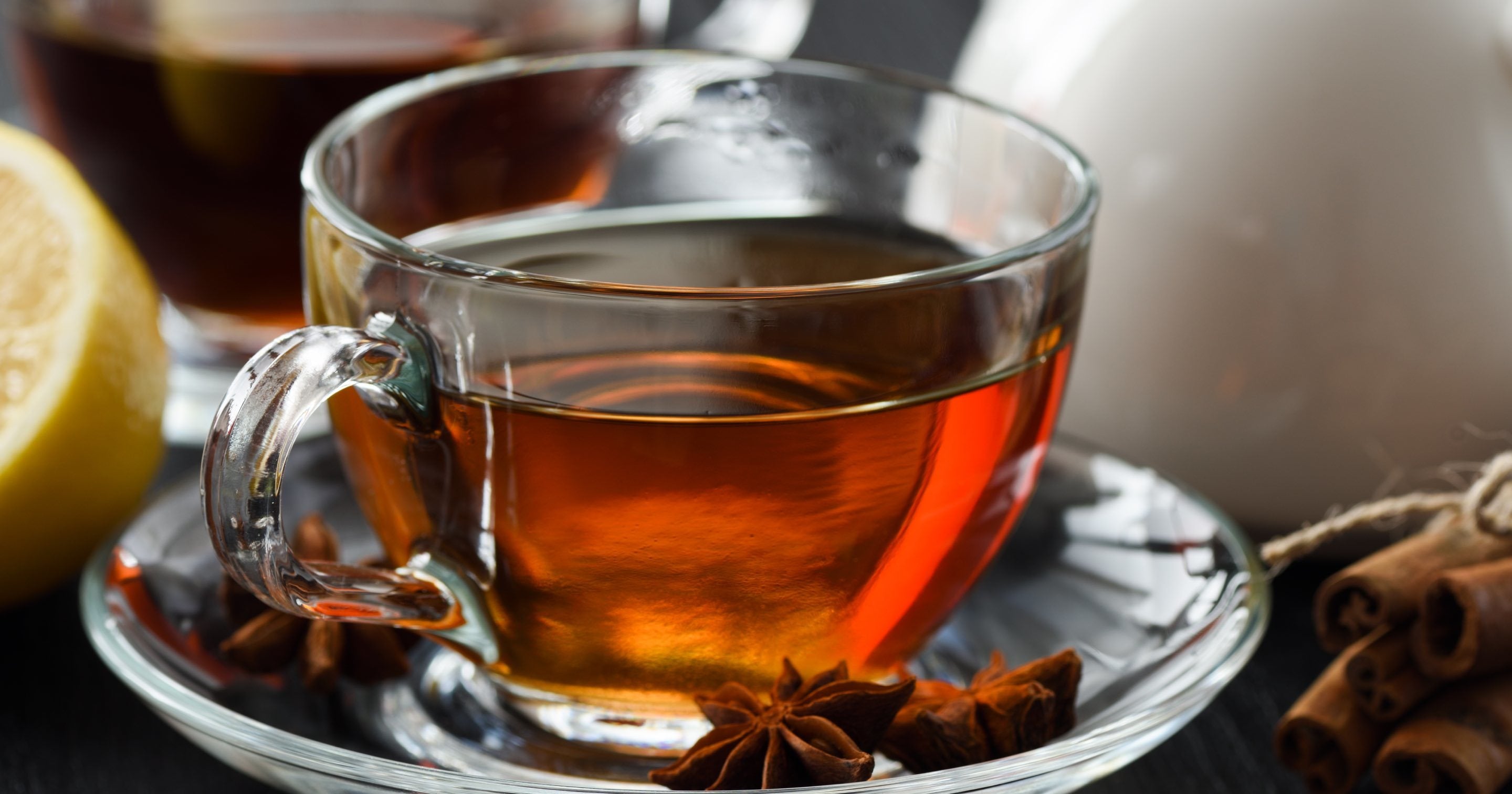
Tea Varieties
What Is Darjeeling Tea?
